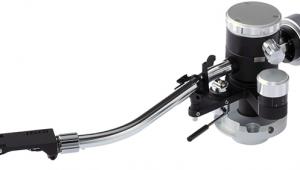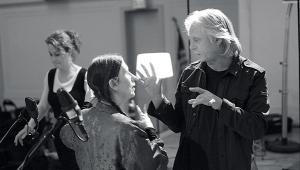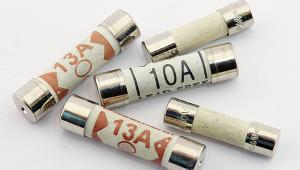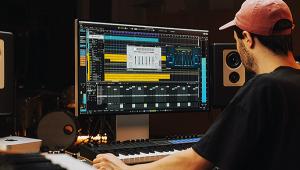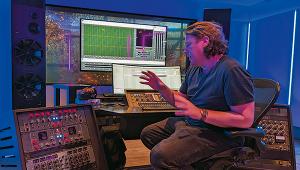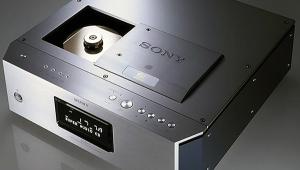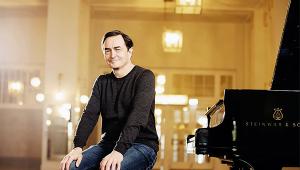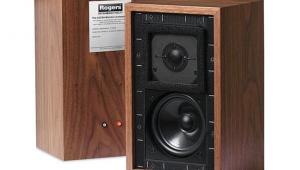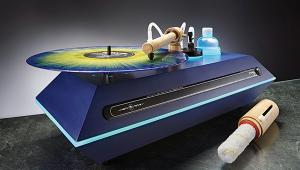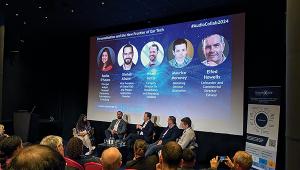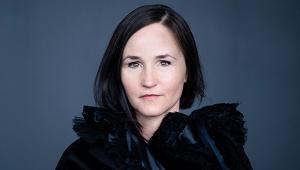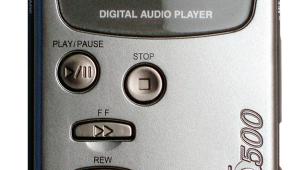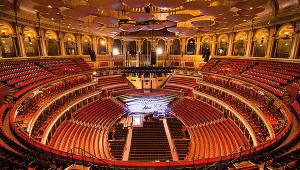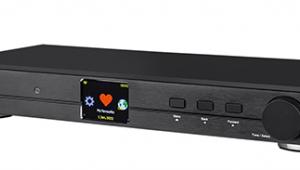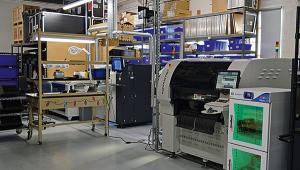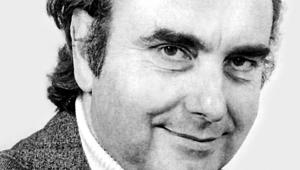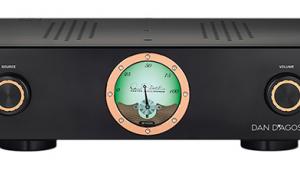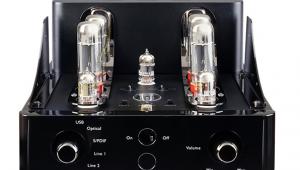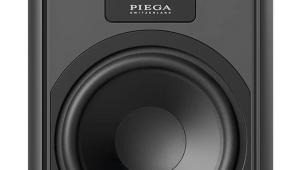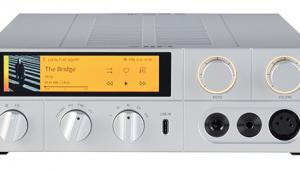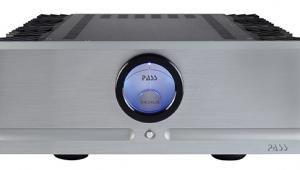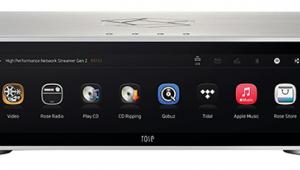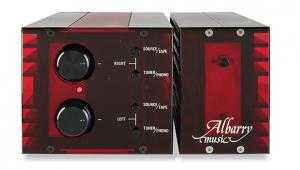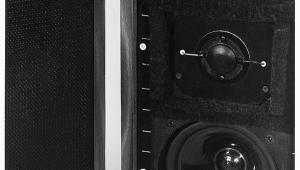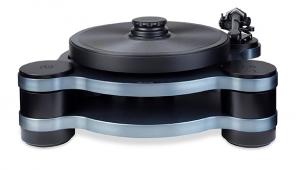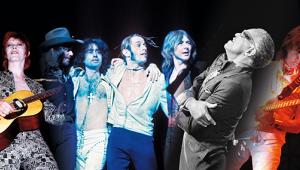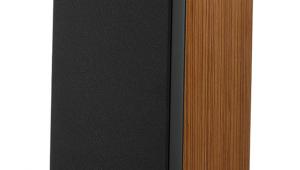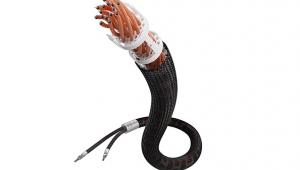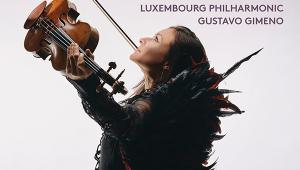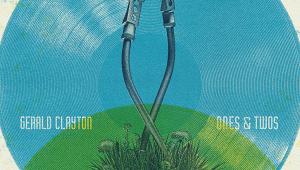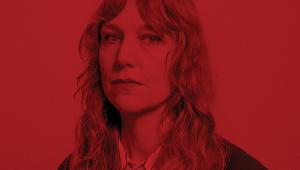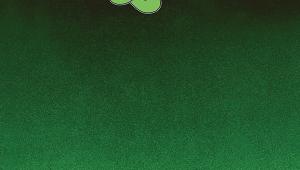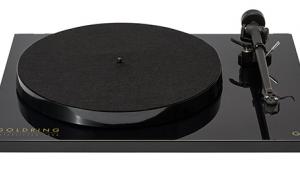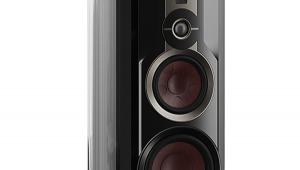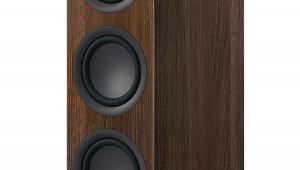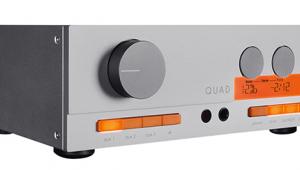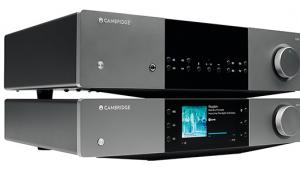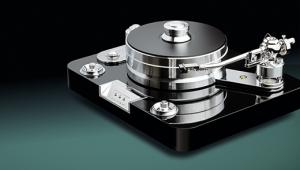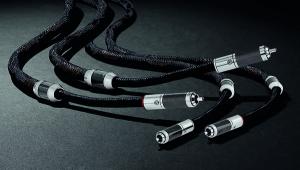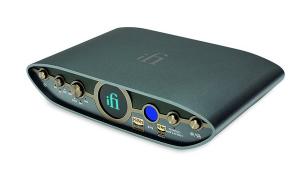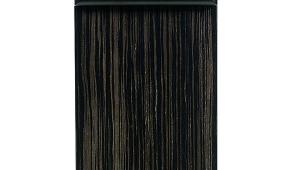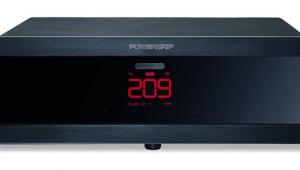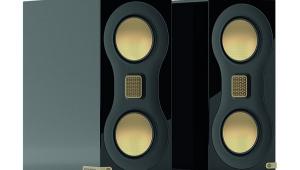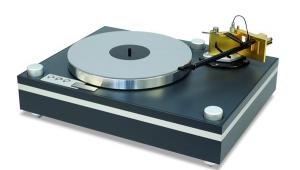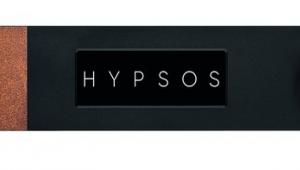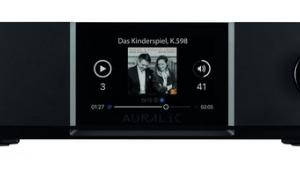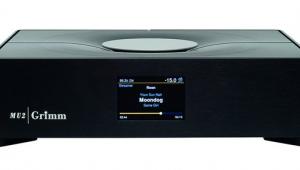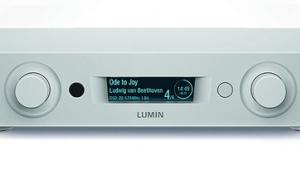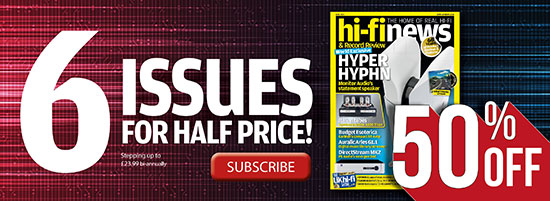A night at the opera

In late September, I enjoyed a rare treat: third-row centre seats at the San Francisco Opera’s opening of Giuseppe Verdi’s Un Ballo in Maschera (‘A Masked Ball’), thanks to a friend’s season tickets. Verdi’s ornate tale is one of jealousy and murder, like many others.
We also enjoyed an unexpected performance of another kind, taking place across the street from the city’s War Memorial Opera House. Members of the San Francisco Symphony Chorus had gone on strike that day, causing a cancellation of Verdi’s Requiem. It must have been Verdi week in downtown SF.
In the tradition of strikers, chorus members marched in a long loop on the sidewalk outside Davies Symphony Hall, chanting loudly about the fact that they had been working without contracts since July. We stood near some other music fans and enjoyed the indignant parade. ‘Wow’, commented one wiseguy. ‘They’re singing for free’.
In the pit
Indeed they were, but not all that musically. The real music that night took place in the capacious opera hall. Any big cultural event is something to be savoured – even if you are relegated to the ‘crow seats’ in the mezzanine, but being only a few feet from the stage, and directly behind the orchestra in ‘the pit,’ took the whole affair up several notches, visually and sonically. Sitting that close means you’re in the immediate soundfield of singers and musicians. Even though they’re all mic’d and amplified, the hall’s sound system aims primarily at the hundreds of seats behind you. Close seating puts you under the radar, so to speak.
It’s amazing to enjoy a performance the way it was done before the advent of electronics – something recommended to all audiophiles as a way of recalibrating our ears. Un Ballo starred Michael Fabiano as Swedish King Gustavus III, Amartuvshin Enkhbat as his advisor Renato, and Lianna Haroutounian as the love interest Amelia. The stellar cast also included Mei Gui Zhang as Oscar, the king’s page, and Judit Kutasi as the fortune-teller Ulrica. All gave stunning performances – as did the large orchestra under the impassioned baton of Eun Sun Kim.
For an audio geek like me, the limitations of most playback systems become glaringly apparent at an event such as this. There’s no comparing a live performance’s palpable dimensionality with the ‘imaging’ abilities we so revere in hi-fi systems.
Something that struck me was an early scene with the bass and baritone singers massed stage left (right side for the audience) while bass instruments were on the opposite side. They blended perfectly while remaining distinct – a huge challenge for even the most bass-capable audio system. Singers and musicians alike delivered enormous emotional impact.
I’m far from an opera snob; actually more a diva worshipper than someone steeped in the genre. I love Renée Fleming and once had the privilege of meeting Kiri Te Kanawa at a private recital. I won’t bore you with a list of shows seen, but rest assured there are many more to come. Involvement in audio led to that. It gave me a continually widening musical education.
Soul music
New products and technologies are fascinating, but the best part of audio shows is hearing new music. It’s baffling how many audiophiles have narrow interests – we like classic rock but not pop, country music but not bluegrass, ’50s-era jazz but not swing. We may not acknowledge it, but every kind of music has potential to speak to the human soul.
I still recall the 1994 SF Opera production of Mephistopheles starring Samuel Ramey, when I could barely afford tickets to stand in the back of the hall. Thirty years later, that performance remains one of the most audacious spectacles I’ve ever experienced. Stepping out of your comfort zone can bring unexpected wonders.
